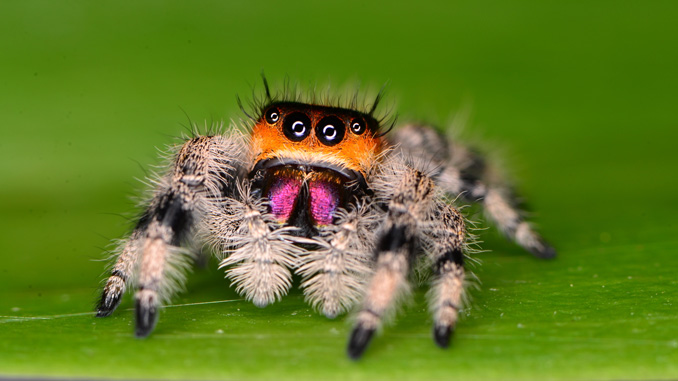
Starting Your Garden from seeds isn’t as tricky as you think—in fact, it’s more efficient as it lets you get a jump on the gardening season and will save you money. This method is especially useful if you’re looking to grow specialty or heirloom varieties which can be difficult to find.
Step 1
Pick your seeds. Compare prices, and purchase seeds that will grow into veggies you’d like to serve at your table and eat. Try not to pick anything too exotic, lest you find yourself with a high-maintenance plant you don’t know how to care for.
Step 2
Set up your growing space: Instead of spending money on seedling flats or peat pots, consider using egg carton compartments or empty K-cups. Don’t forget to poke holes in the bottom for steady drainage. Fill containers with potting mix for seedlings.
Step 3:
Plant your seedlings according to the instructions on their packets. Moisten the soil lightly and cover the containers with plastic. This will keep the moisture in, but the seeds will need air so poke holes in it for ventilation. Place containers in a spot where there is low heat, such as the counter near the oven.
Step 4:
Once the first few seedlings have sprouted, you’ll need lighting. Forget overpriced “grow lights” and invest in a few fluorescent shop lights. Set them up over your containers so that they hang appx. 1-2” from the tops of the plants.
Step 5:
Once the seedlings grow their second pair of leaves, you can relocate them to individual pots, gradually introducing them to outdoor conditions by setting them on your patio. After a week or so, move them to the garden and set transplants into loose, well-aerated soil. Soak soil around seedlings and spread mulch.
Creepin’
For those of us who don’t know, Integrated Pest Management (IPM) means intentionally welcoming creepy-crawlies into our gardens to hunt plant-eating pests. While most people think ladybugs are best at this, the spider is actually more effective—according to the Planet Natural Research Center, they do more work than birds! Who are the best predators? Crab spiders, wolf spiders, and jumping spiders (ick!).
Your Monthly Garden Chores:
March
Prepare vegetable garden soil for planting by adding processed manure, peat moss, or compost. Harden off and set out seedlings, and plant your summer blooming bulbs, tubers, etc. Continue planting additional bulbs every two weeks until June for a continuous bloom. Begin pruning roses, spray them for blackspot, and feed them. Be vigilant about weeds—pull them while they’re young so you don’t have to fight them for the next several years.

